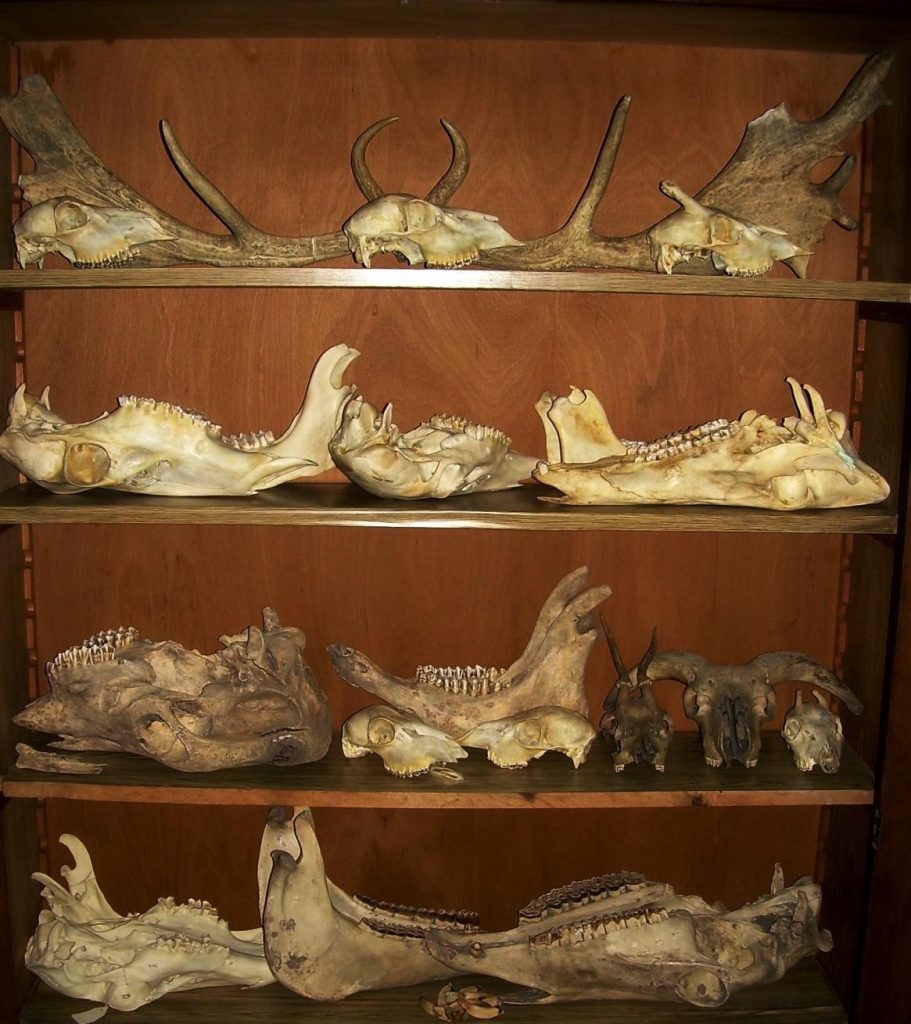Archeozoology
Animal remains (bones, teeth, antler, horns, scales, shells) from archaeological sites, studied by archaeozoology, offer insights into various aspects of human-animal interrelationships in the past. Archaeozoology aims to reconstruct past environments, diet, subsistence strategies, as well as site seasonality. Within our research we analyse animal bones, stable isotopes and lipid residues in pottery, in order to gain a better understanding of the lifeways of hunting-fishing communities during the Mesolithic and the first farming communities during the Neolithic in the territory of Southeastern Europe.

Archaeozoological analyses include the taxonomic identification of faunal remains from archaeological sites, the determination of skeletal elements, age and sex of individuals, the measurement of particular elements in order to reconstruct the size, age and sex of animals or determine if they were wild or domestic, the quantification of faunal remains in order to infer the relative importance of various species, and the study of various taphonomic traces on animal bones associated with site formation processes, animal or human activity.
Stable isotope analysis aid in environmental and diet reconstructions, and, within our research we employ the min order to determine cattle weaning patterns, as possible indicators of cow milk exploitation by humans. Namely, we look into the intra-tooth (m1, m2) variation in nitrogen isotope (δ15N) ratios of dentine collagen. These studies provide new insights into the nature of early cattle husbandry, milk availability and sharing between humans and calves, as well as the management of animals in these processes.
Lipid residue analyses are employed to identify various foodstuffs and food products prepared in archaeological pottery, by GC analyses for the detection of biomarkers for animal fats, GC/MS analyses for the exact identification of individual compounds and GC/C-IRMS analyses for asociation of identified lipids with actual food products.
Project:
ERC Birth – Birhts, mothers and babies: prehistoric fertility in the Balkans between 10000 – 5000 cal BC, GA 640557, ERC-2014-STG